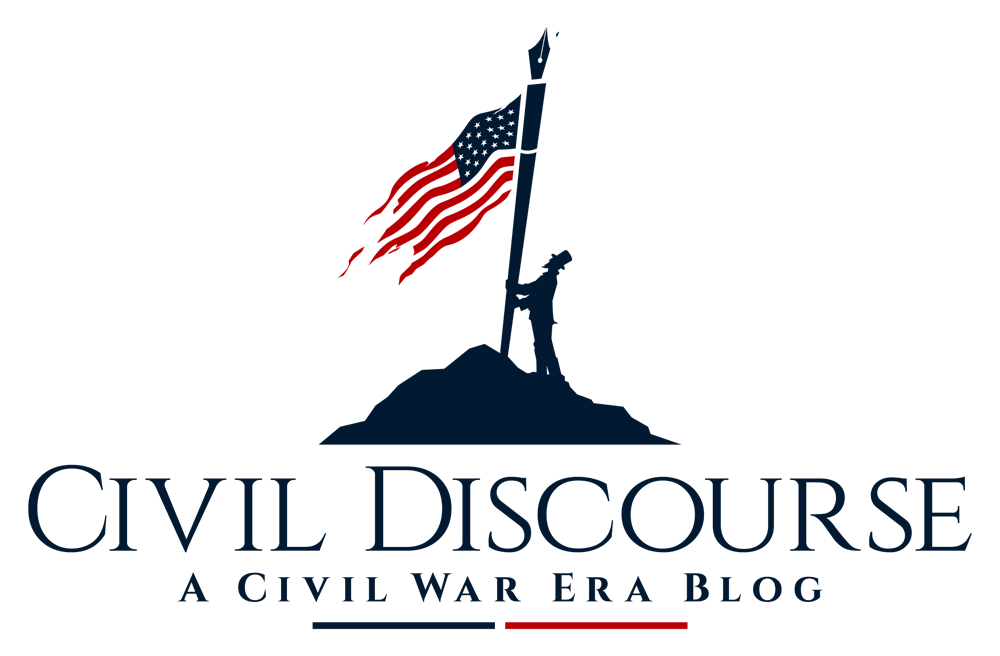The Creation of Gettysburg National Cemetery
/On July 4th, 1863 Meade’s Union army rejoiced as the sights and sounds of a Confederate army in retreat ensured them of their victory. For the North, Independence Day 1863 was a day of rejoicing and confirmation with victory at both Gettysburg and Vicksburg. But in the midst of victory, July 4th was also sobering for the men who fought around that Pennsylvania town for it was the first chance they had to inspect the battlefield and attend to the dead...The Union soldiers and Gettysburg civilians that looked over the battlefield on July 4th saw a level of death and destruction that was overwhelming and seemingly impossible to take care of.
Read More




















